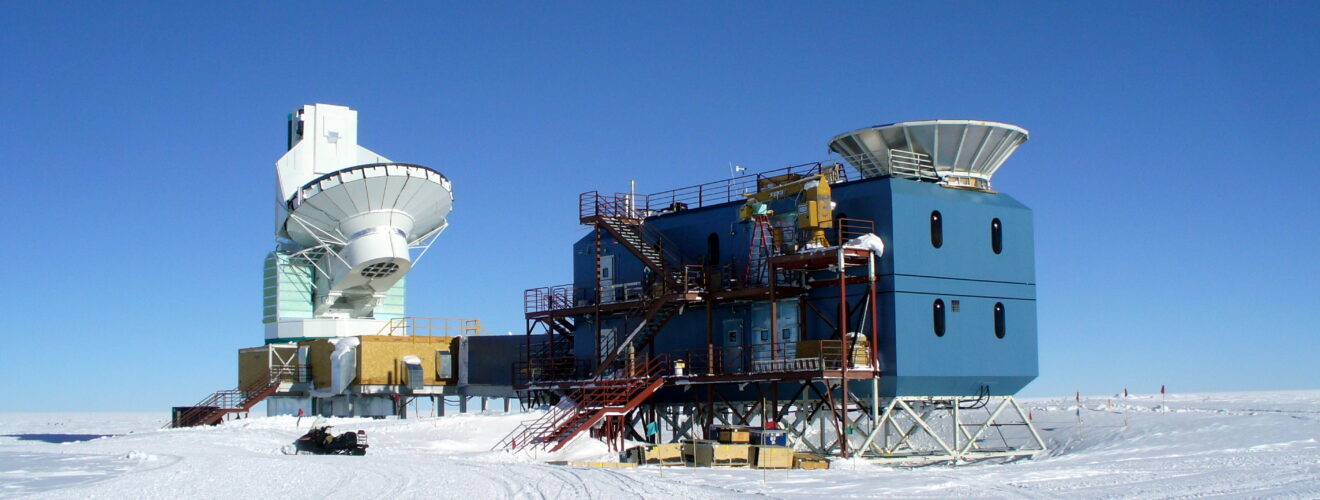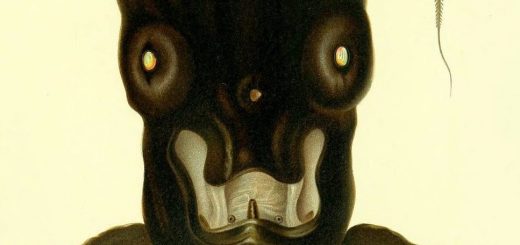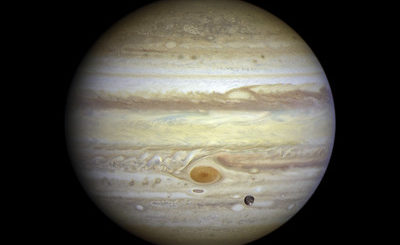Combined data from the Planck satellite and BICEP2 rules out detection of primordial gravitational waves

In March last year, members of the Background Imaging of Cosmic Extragalactic Polarization (BICEP2) experiment, based in Antarctica, announced results that appeared to contain measurements of an elusive physical phenomenon named primordial gravitational waves. Gravitational waves were predicted to exist by Einstein in his General Theory of Relativity, published almost a century ago, and to this date they are the last prediction from the theory yet to be observed. The BICEP2 results appeared to show physical evidence to back up the theory.
Shortly after the announcement, increased scrutiny of the results suggested that, actually, there was an effect from space dust that had not been accounted for in the measurements, which made it look like there were waves when there weren’t. Effectively, swirling dust mimicked a source of gravitational waves when it was actually something else.
The BICEP2 collaboration, in response, promised to re-analyse their data after combining it with other data from the Planck satellite – a European mission to map the earliest light in the universe. This joint analysis would, the researchers hoped, provide stronger evidence for or against their original claims.
A paper 1, released in January 2015 by the BICEP2 and Planck collaborators, rules out the original claim with high probability. It seems dust gets everywhere, not just on Earth!
Edited by Debbie Nicol
References
- This one.










